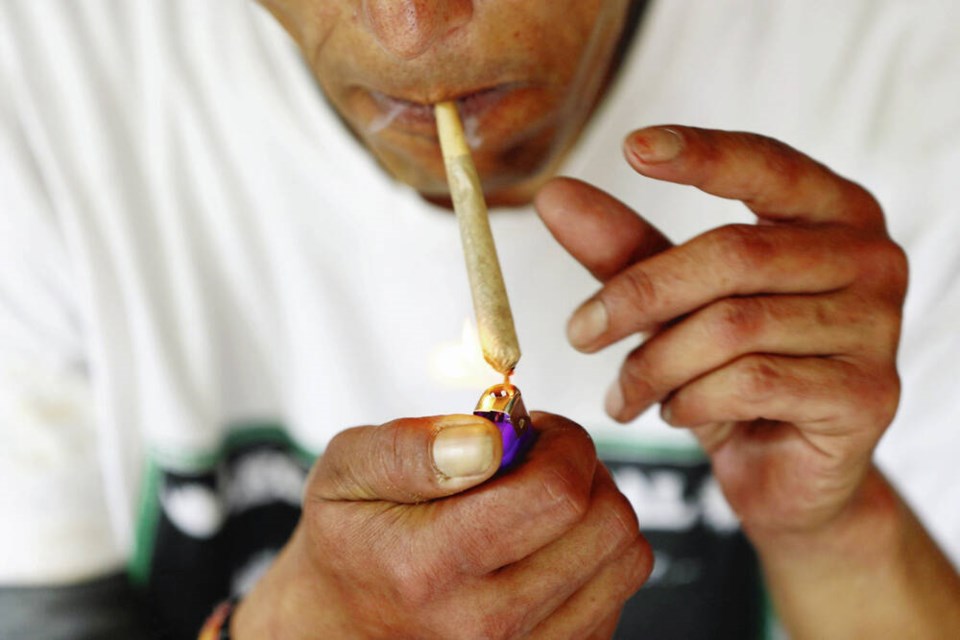Legislators and policy makers throughout sa国际传媒 will soon grapple with how to allow the safe consumption of marijuana in public spaces as communities begin to move on from the shadow of COVID. The need to create legal safe consumption spaces, at events such as concerts and festivals, shouldn’t come as a surprise to anyone, given that marijuana is mostly legalized now for personal use.
It’s also no surprise that since legalization in 2018, there’s been a rise in the number of drug-impaired drivers on our roads. A by the Traffic Injury Research Foundation (TIRF) now gives us some hard evidence, and I would say we should pause before we go any further with big-time changes to allow more liberalized public consumption.
The March 2023 report focuses on the potential effects of expanding safe consumption areas, warning it’s essential to have both our policy and enforcement machinery up and running well beforehand.
The report, by Robyn D. Robertson, Ward G.M. Vanlaar and Hannah Barrett, also warns that taking a “learn as you go” approach is essentially a recipe for disaster.
Here are some of the key findings:
• Drivers who test positive for cannabis are about 1.3 to 1.4 times more likely to be involved in a crash.
• Drivers who had both alcohol and cannabis in their systems were approximately seven times more likely to cause a crash than drivers who didn’t use either substance.
• Substances are more commonly detected in seriously injured drivers than in drivers involved in minor crashes.
• Unsurprisingly, reported cannabis consumption has been rising since 2004. That year 7.2% of respondents admitted to using cannabis in the past year. By 2020 it had climbed to 22%.
• In 2020, 2.1% of Canadians reported driving within two hours of using marijuana, or 558,243 drivers.
• Since cannabis legalization in 2018, self-reported driving within two hours of using cannabis and alcohol increased by 76% in 2019 and 24% in 2020 — the two largest percentage increases since data started being collected.
It was also concerning to learn how badly pedestrians and other road users are affected by the same problem. In 2018, more than one-quarter of fatally injured pedestrians tested positive for alcohol, while 13.6% tested positive for cannabis.
There’s a couple more things making this situation a perfect storm. According to Public Safety sa国际传媒, there were only 1,100 qualified police drug recognition experts on our roads. The TIRF report also notes that the rate of enforcement strength has been steadily declining since 2011, as police struggle to manage “a multitude of road safety priorities” along with their other duties.
This particular problem shows up directly in our emergency rooms. How? According to TIRF, 90% of drug-positive drivers were not identified by police in crash reports.
With the increasing willingness of people to still jump behind the wheel of a car after consuming cannabis, and often alcohol as well, TIRF says it’s imperative that a “safe system” approach be adopted before allowing cannabis consumption spaces because “impacts on public safety are substantial.”
Clearly defined strategies regulating establishments, alternative transportation options, education programs and bolstering enforcement are also key findings.
TIRF concludes: “Consideration of tactics to make cannabis consumption spaces economically feasible as a business should be a secondary priority to public safety risks.”
I agree.
What to do in an earthquake
The recent devastating earthquakes in Syria and Turkey are another reminder for emergency preparedness in our lives. But what happens if you’re actually in your car when a shaker happens? Here’s what emergency management officials say:
Slow down and stop. Remain in the car unless you’re surrounded by large buildings — in that case get out and find cover. Do not park or shelter under overpasses or structures, which are liable to collapse. Keep away from power lines. Avoid bridges.
Turn off the vehicle and apply the emergency brake. Use your radio for instructions and safe routes.
If power lines come down on your car, stay inside and wait for help. If you must escape in this scenario, say because of fire, do not be in contact with your car and the ground at the same time. Try to jump clear, keeping your feet together, then use a shuffle step method, where one foot never passes further than the toes of the stationary foot, to move at least 10 metres away — that’s the length of a school bus.
Stay off your phone. Send a text to let someone know you’re alive and your location. Keep the system working by not clogging cell networks with calls. You’ll also want your phone battery to last as long as possible.
Always carry some water and some energy snacks in your vehicle. In a worst-case scenario, help could be hours, even days, away.



